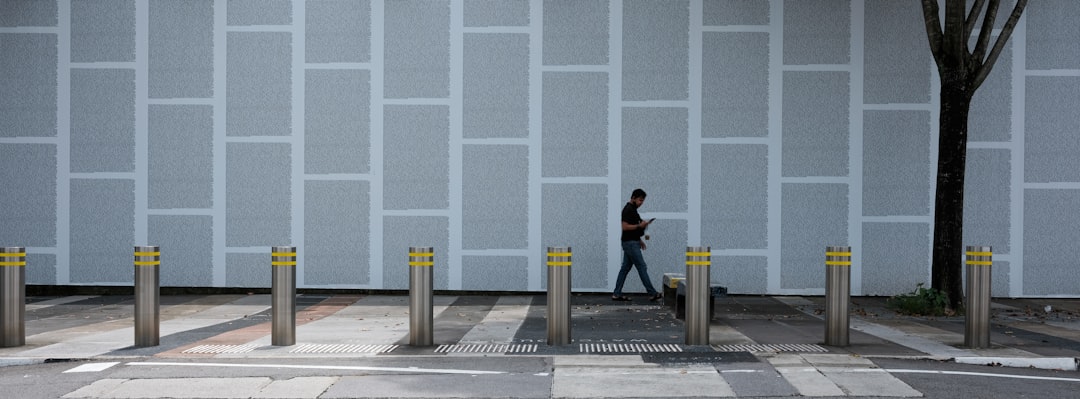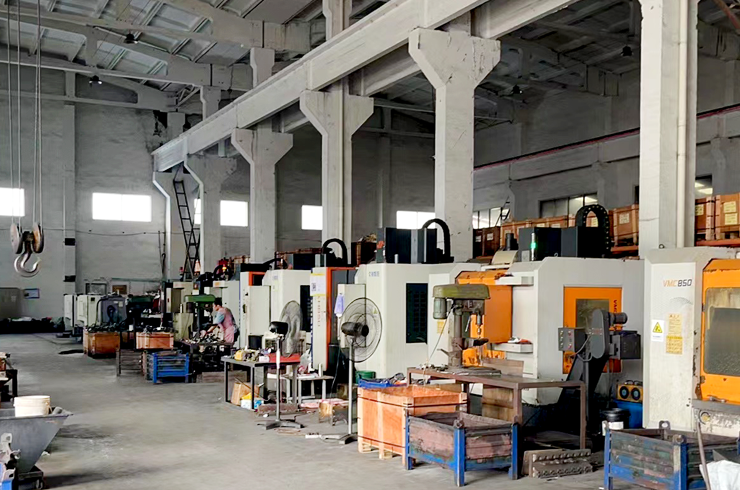Revolutionizing Material Handling: The Power of Motorization and Automation in Beam Trolleys
Revolutionizing Material Handling: The Power of Motorization and Automation in Beam Trolleys

In the dynamic world of industrial material handling, the ability to move heavy loads safely and efficiently is paramount. Beam trolleys, essential tools in this domain, have undergone a significant transformation from simple manual devices to sophisticated motorized and automated systems. This evolution is not merely incremental; it represents a paradigm shift towards smarter, safer, and more productive workplaces. This article explores the profound impact of motorization and automation on beam trolleys, detailing the benefits, critical technologies, and future outlook.
1. What Are Beam Trolleys and Why the Shift?
At its core, a beam trolley is a mechanical device designed to run along an I-beam or similar overhead track, facilitating the horizontal movement of suspended heavy loads, often in conjunction with a hoist . Traditionally, these trolleys were operated manually, relying on human strength or geared mechanisms for movement. While functional, manual processes were inherently limited by speed, capacity, and the physical strain they imposed on workers.
The drive towards motorization and automation stems from an industry-wide need to overcome these limitations. Businesses constantly seek ways to enhance operational efficiency, minimize labor costs, improve worker safety, and achieve higher levels of precision. Motorized and automated beam trolleys offer a compelling solution to these challenges, paving the way for optimized material flow and significant operational advantages.
2. From Manual to Motorized: The Evolution of Mobility
The journey of beam trolleys began with purely manual operation, where loads were pushed or pulled by hand . This was followed by the introduction of geared trolleys, which provided a mechanical advantage, making it easier to transport heavier loads with less manual effort . However, true revolution arrived with motorization.
Motorized beam trolleys, typically powered by electric motors, offered a significant leap forward by eliminating the need for direct physical exertion from operators for horizontal movement . This not only lightened the workload but also dramatically increased the speed and ease of moving materials across facilities . They are commonly controlled via pendant systems or remote controls, providing operators with greater flexibility and safety .
3. The Dawn of Automation in Material Handling
Building on motorization, automation takes control to the next level. Automated beam trolley systems integrate advanced sensors, programmable logic controllers (PLCs), and sophisticated software to perform tasks with minimal to no human intervention . This capability allows for repetitive, precise, and complex sequences to be executed autonomously, transforming entire material handling workflows . Automation can be implemented on various crane and monorail systems, making them suitable for a wide range of industrial applications .
4. Unlocking Unprecedented Efficiency and Productivity
The most immediate and profound impact of motorized and automated beam trolleys is the dramatic increase in efficiency and productivity . Automated systems can move loads faster and more consistently than manual methods, reducing cycle times and bottlenecks in production lines . By streamlining material flow, businesses can achieve higher throughput and faster turnaround times, directly impacting profitability. Reduced manual effort also means workers can focus on higher-value tasks, further optimizing labor utilization .
5. Elevating Workplace Safety and Ergonomics
Safety is a cornerstone of modern industrial operations, and motorized and automated beam trolleys significantly enhance it . By minimizing direct human interaction with heavy loads, the risk of accidents, injuries, and human error is drastically reduced . Features like overload protection, emergency stop buttons, limit switches, and anti-sway technology are commonly incorporated, providing multiple layers of safety . Furthermore, by reducing physical strain and repetitive motion, these systems improve ergonomics, leading to better worker health and well-being .
6. Precision and Control: Mastering Load Placement
Achieving precise load positioning is crucial in many industrial settings, particularly in manufacturing and assembly lines. Motorized and automated trolleys offer superior control compared to their manual counterparts . Equipped with features like variable speed control and advanced braking systems, operators can maneuver loads with exceptional accuracy, even in tight spaces or when handling delicate materials . Automated systems use laser positioning and sophisticated algorithms to ensure pinpoint accuracy, reducing waste and rework .
7. Key Components and Technologies Driving Automation
The sophisticated capabilities of motorized and automated beam trolleys are owed to several key technological components:
- Electric Motors: Provide the power for horizontal movement, with varying horsepower and duty cycles depending on load capacity and speed requirements .
- Control Systems: Range from simple pendant controllers to advanced PLC or computer-controlled units, enabling precise command over movement, speed, and positioning .
- Variable Frequency Drives (VFDs): Allow for smooth acceleration and deceleration, precise speed control, and energy efficiency .
- Sensors: Critical for automation, including laser positioning systems, obstacle avoidance sensors, and load measurement devices, which enable intelligent and safe operation .
- Communication: Wireless communication and integration with warehouse management systems (WMS) facilitate seamless data exchange and more integrated material handling processes .
8. Choosing the Right System: Factors to Consider
Selecting the appropriate motorized or automated beam trolley involves careful consideration of several factors:
| Factor | Description |
|---|---|
| Load Capacity | Ensure the trolley's capacity matches or exceeds your heaviest anticipated loads . |
| Beam & Track Type | Compatibility with your existing I-beam or monorail track (size, shape, flange width) is crucial . |
| Speed & Distance | Evaluate the required travel speed and the typical distances loads need to cover. Electric/motorized trolleys excel in longer distances and higher speeds . |
| Control Options | Determine if simple pendant control, remote control, or fully automated PLC integration is needed for your operation . |
| Environment | Consider environmental factors such as humidity, hazardous materials (where air-powered or explosion-proof electric might be needed), and temperature . |
| Safety Features | Prioritize systems with robust safety mechanisms like overload protection, emergency stops, and anti-sway technology . |

9. Broadening Horizons: Industry Applications
Motorized and automated beam trolleys are versatile tools with applications across numerous industries :
- Manufacturing: Moving raw materials, components, and finished products along assembly lines or between workstations .
- Warehousing & Logistics: Efficiently loading/unloading goods, transporting items between storage racks and loading docks, and improving inventory management .
- Construction: Lifting and transporting heavy building materials like steel beams, concrete blocks, and prefabricated components .
- Automotive: Transporting engines, transmissions, and other heavy components during assembly or maintenance .
- Textile Industry: Handling large and heavy fabric beams during production with reduced manual strain .
- Metal Production & Power Generation: Handling heavy coils, slabs, billets, and critical plant components with high precision and safety .
10. Investing in Tomorrow: The Future of Beam Trolleys
The trajectory for beam trolleys points towards increasing levels of intelligence, integration, and autonomy. Future developments are likely to include:
- Enhanced AI and Machine Learning: Smarter systems that can learn optimal paths, predict maintenance needs, and adapt to changing conditions.
- IoT Integration: Seamless connectivity with entire facility management systems, enabling real-time monitoring, data analytics, and remote diagnostics .
- Full Autonomy: Vision-guided systems and advanced robotics for truly operator-free operations in highly controlled environments.
- Sustainable Solutions: Further advancements in energy-efficient motors and regenerative braking systems.
These innovations promise to make material handling even more flexible, responsive, and resilient, truly embodying the principles of Industry 4.0.
Conclusion
Motorization and automation have fundamentally reshaped the role of beam trolleys in industrial material handling. From their humble manual beginnings, these devices have evolved into sophisticated systems that deliver immense value through enhanced efficiency, unparalleled safety, and precise control. For businesses looking to optimize their operations, reduce costs, and prioritize worker well-being, investing in advanced motorized and automated beam trolley solutions is no longer an option, but a strategic imperative. Embrace this technological wave to build a more robust, productive, and future-ready material handling ecosystem.






